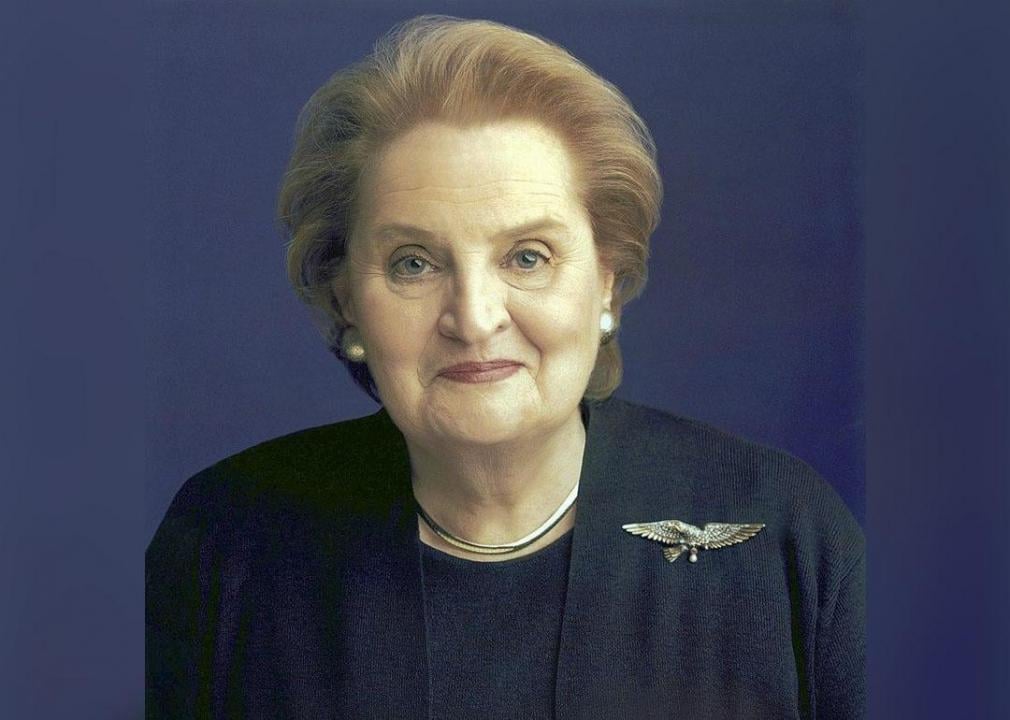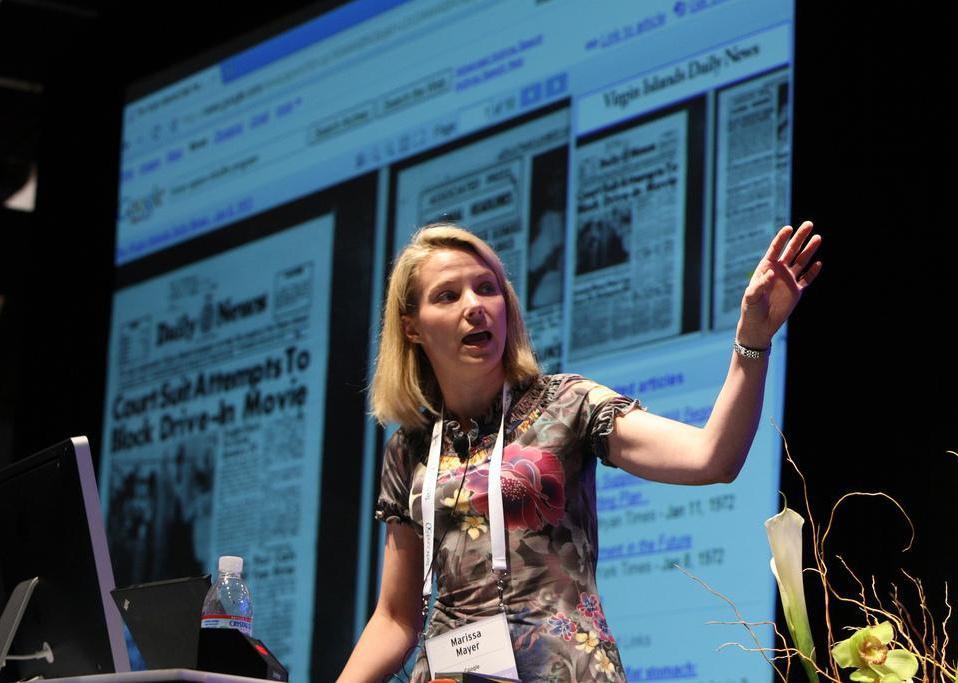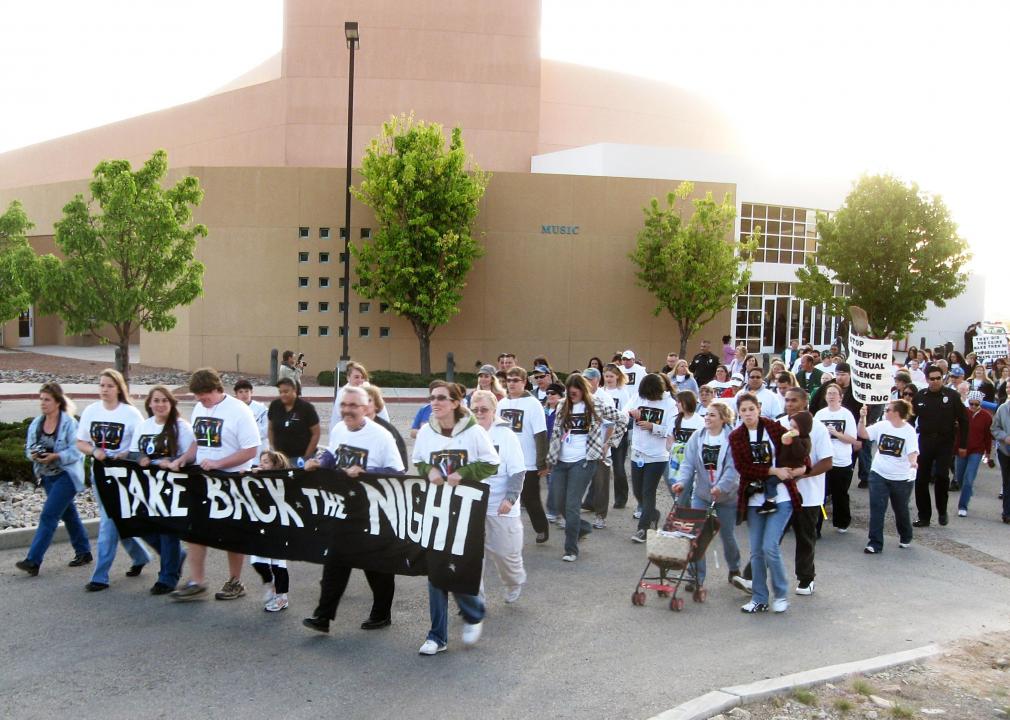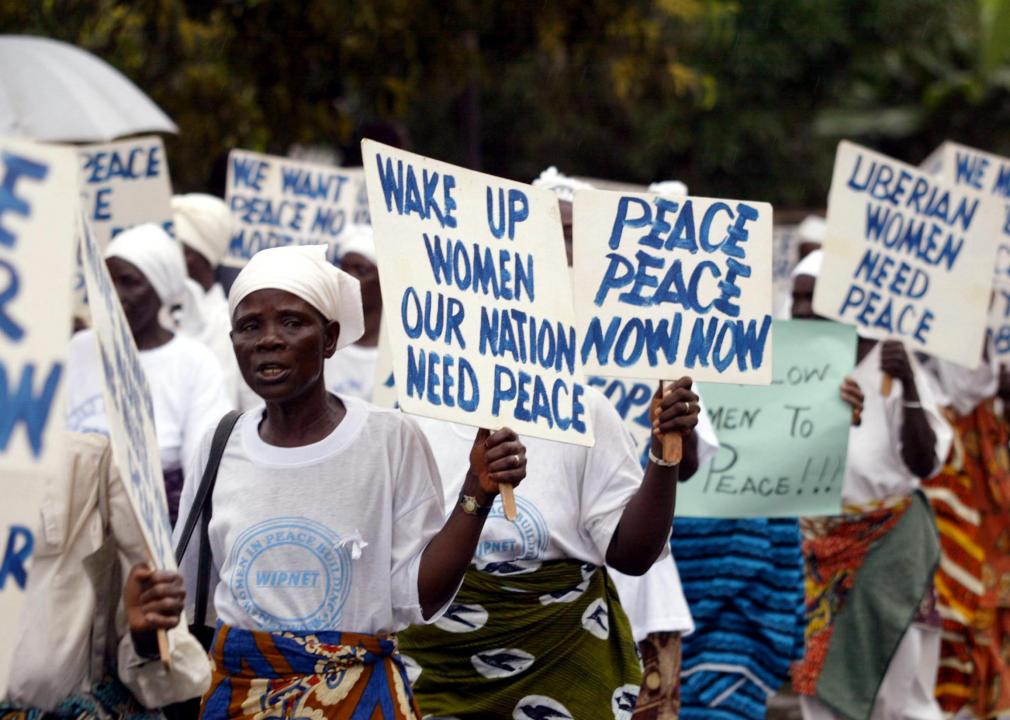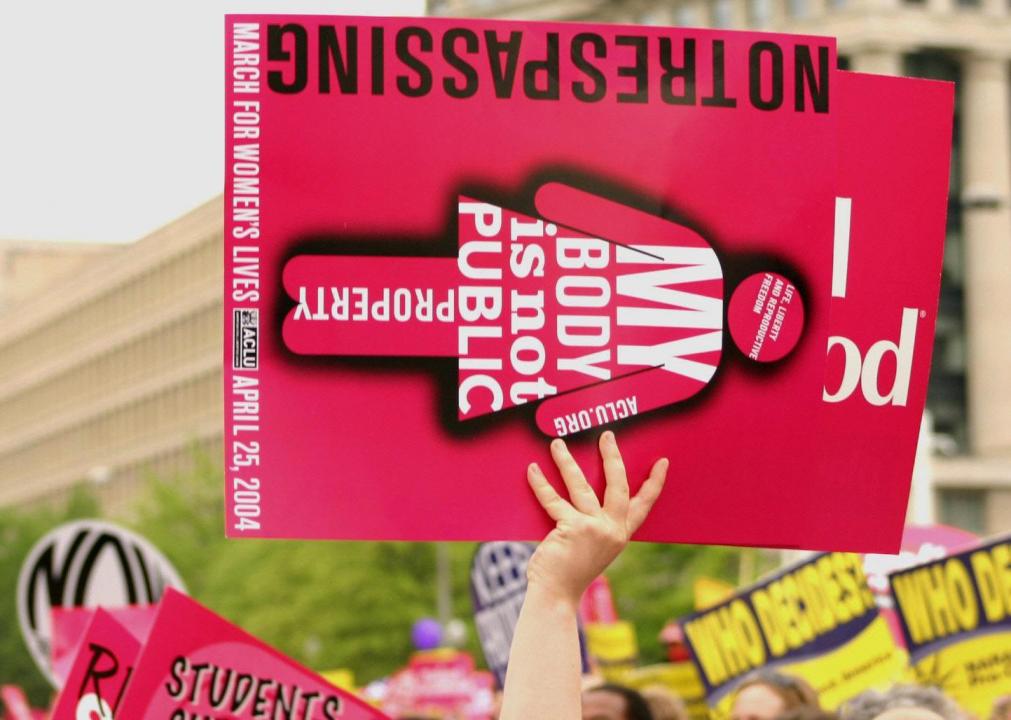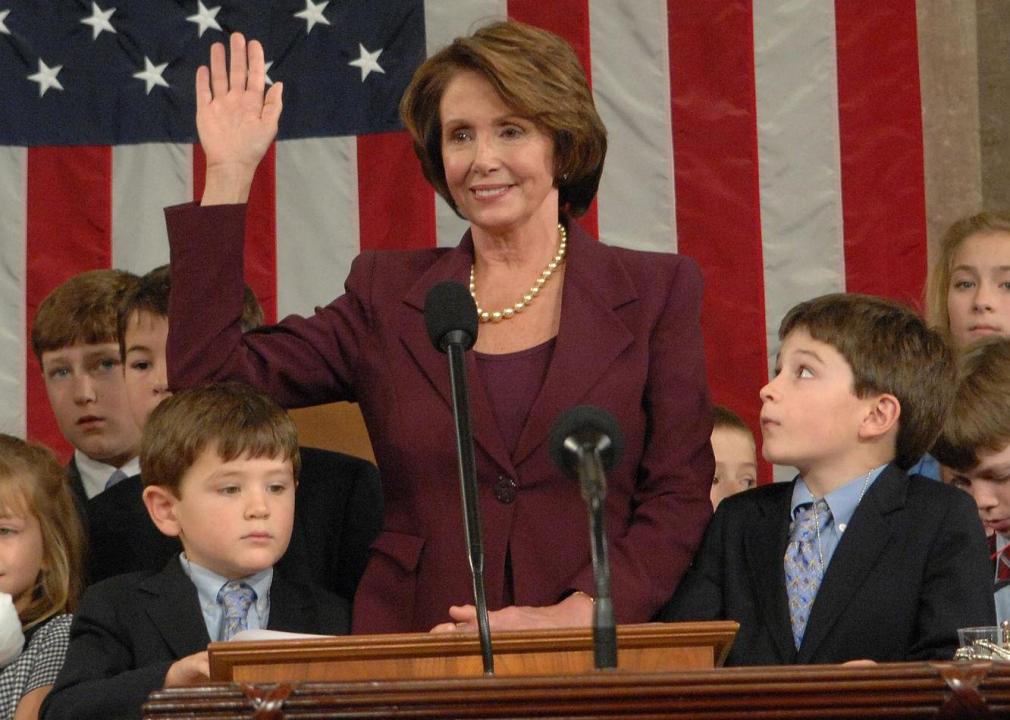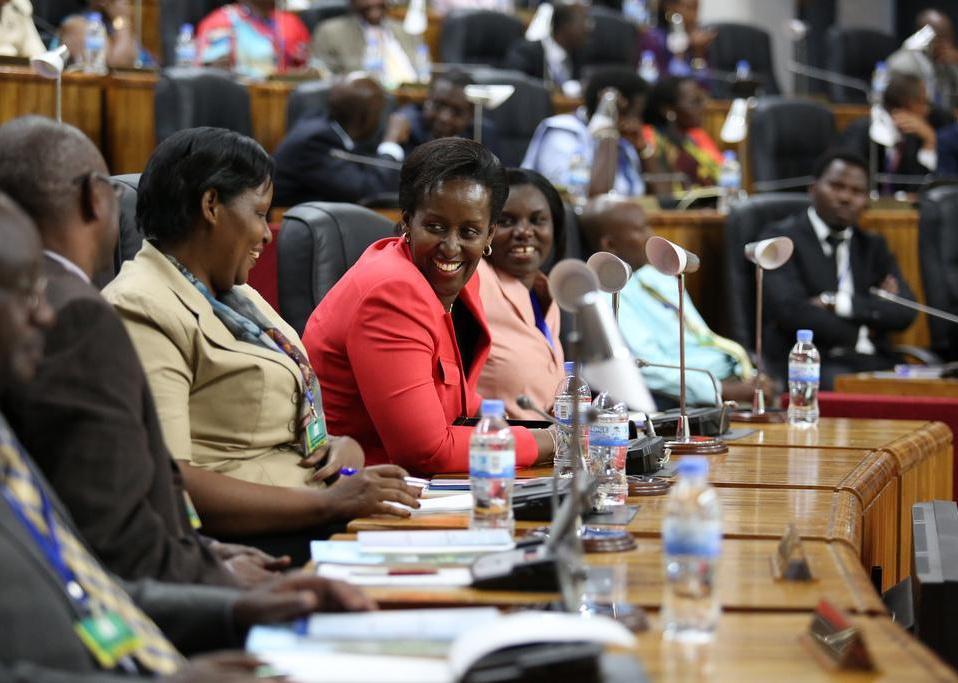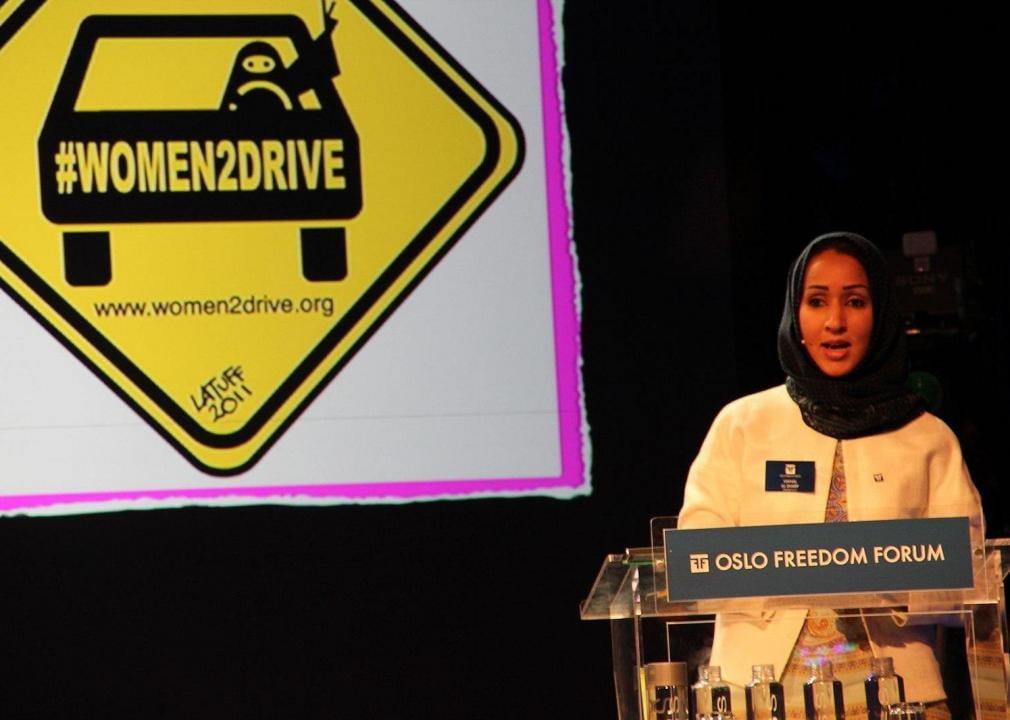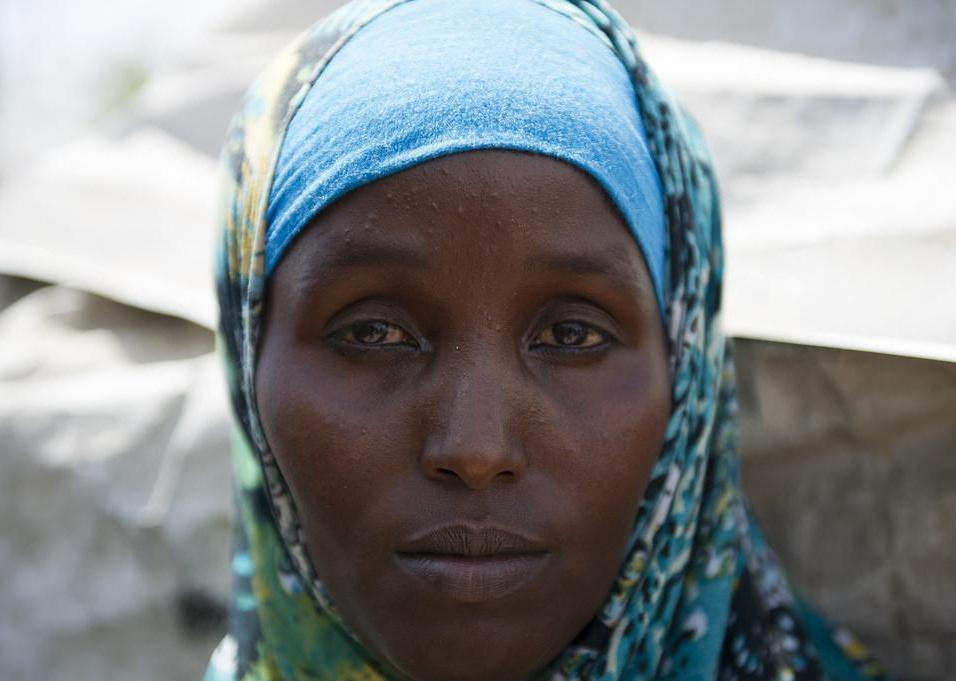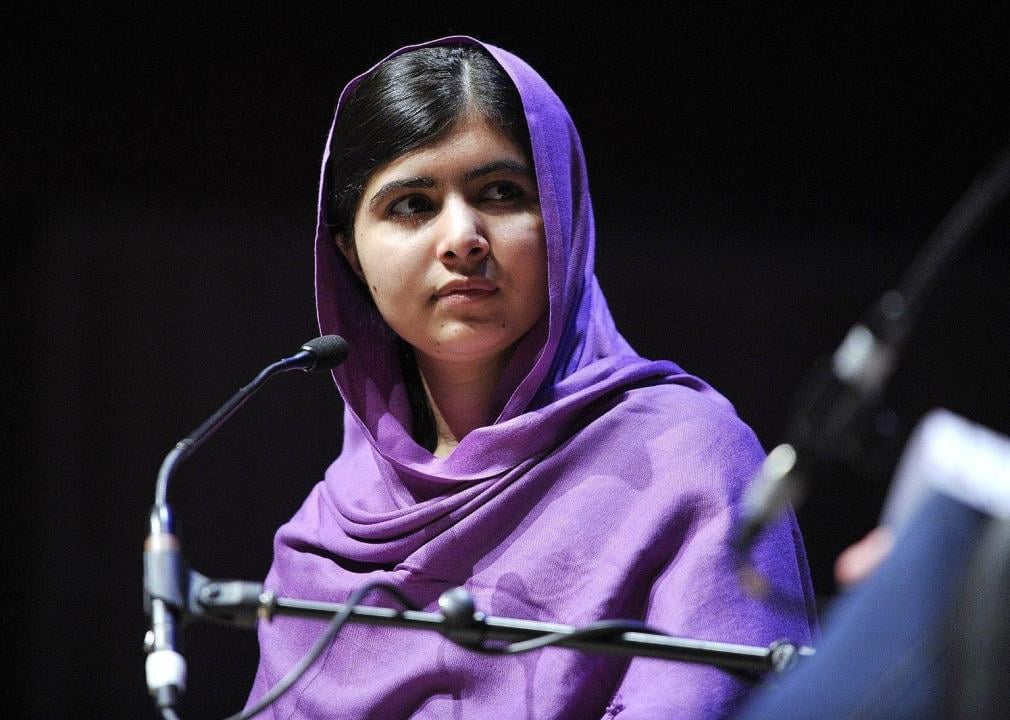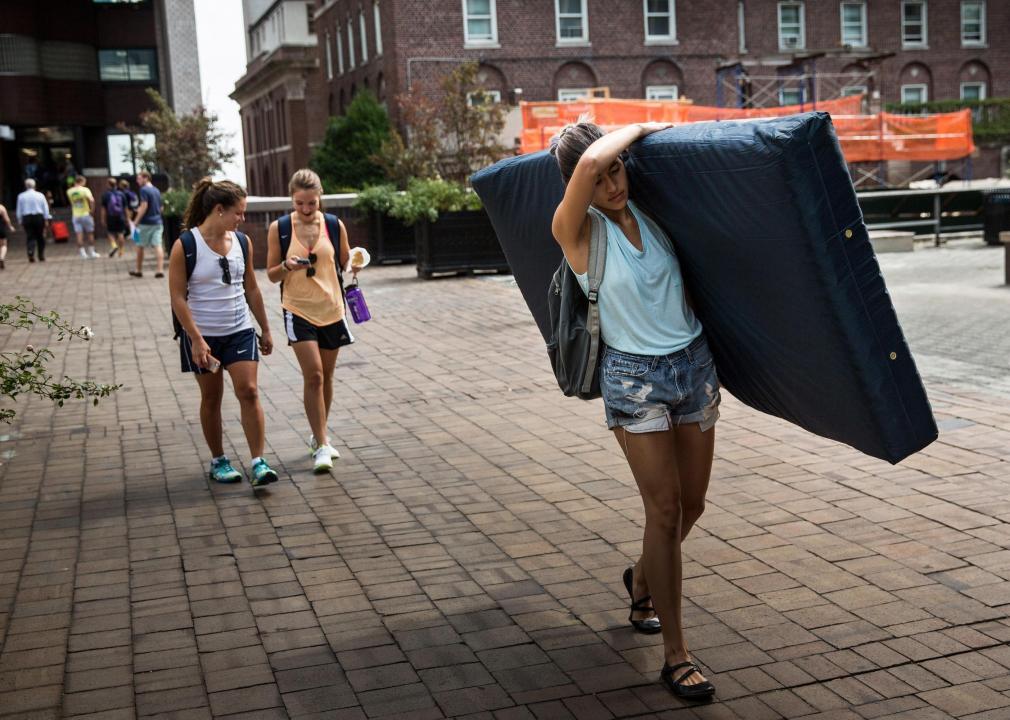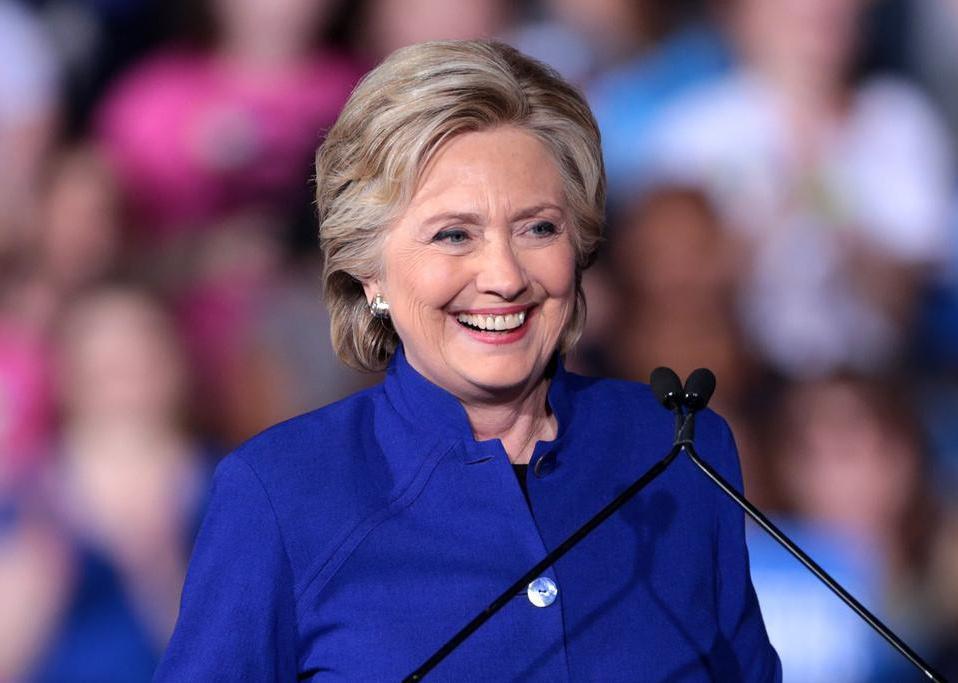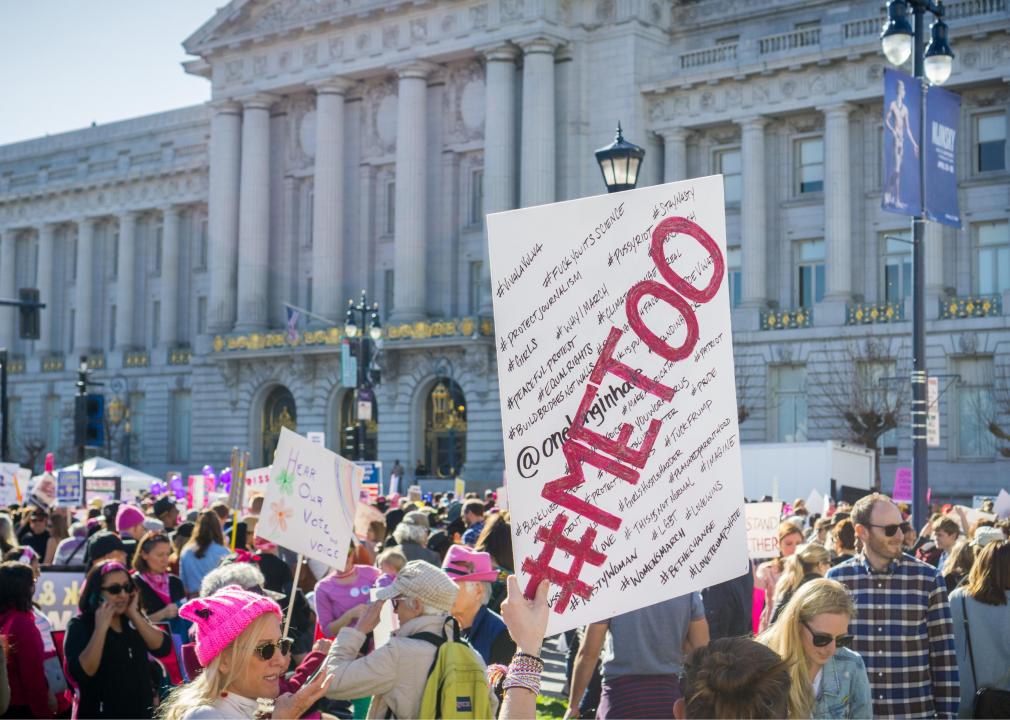Through decades of activism and organizing, women have made hard-won gains across social, economic, political, and cultural spectrums. Observing milestones in women’s history also reminds us of the steps still required to achieve true gender equality. Stacker dug through historical records and selected inspirational or important moments in women’s history every year from 1997 to 2021.
Women have left marks on everything from politics to entertainment and music to space exploration, athletics, and technology. Each passing year and new milestone makes it clear both how recent this history-making is in relation to the past, as well as how far we still need to go. The resulting timeline shows that women are constantly making history worthy of best-selling biographies and classroom textbooks; someone just needs to write about them.
Scroll through to find out when women in the U.S. and around the world won rights, the names of women who shattered the glass ceiling, and which country’s women banded together to end a civil war.
1997: First female secretary of state joins Cabinet
US Department of State // Wikimedia Commons
Before Madeleine Albright was appointed secretary of state in 1997 by the Clinton administration, she worked on President Jimmy Carter’s National Security Council, taught foreign affairs at Georgetown, and spent several successful years as the U.S. representative to the United Nations. With this experience under her belt, Albright pursued an active foreign policy, visiting North Korea, encouraging sanctions against Iran, and more. Her term ended once George W. Bush was elected president, but she remained enmeshed in politics and foreign policy debates.
1998: Senegalese mothers end female circumcision in their villages
James Fulker/DFID // Flickr
Procedures that require men to be circumcised at birth are more familiar in the U.S., but some cultures require young girls to undergo a similar treatment in order to enter adulthood. A controversial and often misunderstood practice, female genital cutting became a topic of debate in the international rights community in the late 1990s. It was common in the small Senegalese village of Malicounda Bambara until a group of mothers decided to put an end to the practice. They educated others on the harm female circumcision caused young girls, and the village and those around Malicounda Bambara decided to abandon the practice, inspiring 5,000 other villages in the country to do the same.
1999: Google's first female engineer gets to work
TechCrunch50-2008 // Flickr
Google only hired 19 employees at its start, but among them was its first female engineer, Marissa Mayer. As the company became the technology behemoth we know today, she rose up the ranks to become the head of Google’s successful Maps and Location Services. In 2012, Mayer became the CEO of struggling rival Yahoo for several years before stepping down in 2017, amid accusations of mismanagement.
2000: Million Mom March commences
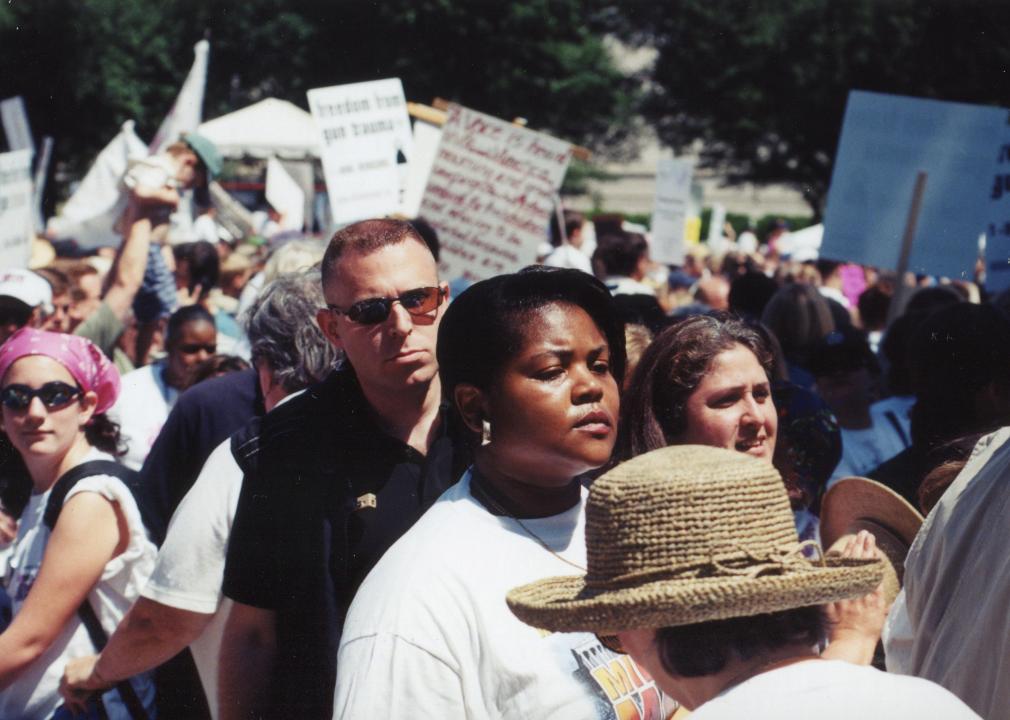
Elvert Barnes // Wikimedia Commons
In a true show of grassroots activism, an estimated 750,000 people marched in Washington D.C., on Mother’s Day to protest gun violence and advocate for stricter gun control reforms. Donna Dees-Thomases had watched news coverage of a shooting and created a website in hopes of rallying other moms horrified by the carnage they were seeing. The march was organized entirely by word of mouth and led to dozens of Million Mom March chapters around the country advocating for gun control.
2001: Take Back the Night Foundation forms
AllenS // Wikimedia Commons
Take Back the Night got its start in two unrelated marches: one in Philadelphia in 1975 and another in Brussels in 1976. Participants marched down streets with candles, protesting increased violent crime against women. In the years since, the movement became more focused on issues of sexual assault and in 2001, Katie Koestner—who had publicly shared her own story of being assaulted on campus—created the Take Back the Night Foundation. Today, the foundation provides resources to survivors and holds annual marches on college campuses.
2002: U.K.'s Sex Discrimination (Election Candidates) Act passes
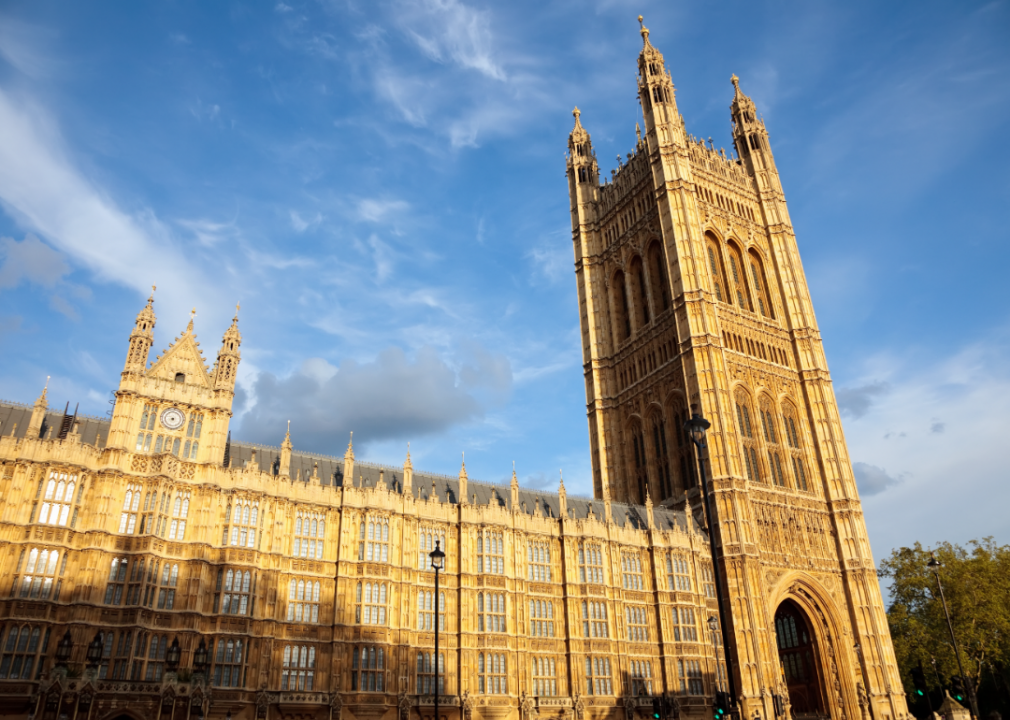
Canva
In 2001, the number of women in British parliament declined for the first time in two decades, after a policy used by one party to ensure half their candidates would be women was declared unconstitutional. The Labour Party decided they would prioritize changing laws that would allow parties to use “positive discrimination” to ensure that more women would have their voice heard in Parliament; this promise eventually became the 2002 Sex Discrimination (Election Candidates) Act.
2003: Women of Liberia Mass Action for Peace ends a civil war
PIUS UTOMI EKPEI / AFP // Getty Images
A second civil war broke out in Liberia in 2000, a bloody conflict that killed 200,000 people by the end of its second year. As it continued into 2003, social worker Leymah Gbowee brought together women from her church in protest, spawning a movement that quickly grew to include women of all faiths encouraged to speak out for peace in the country. Women marched in the streets, withheld sex from partners fighting in the war, and continued nonviolently protesting. By the end of 2003, their efforts helped begin a peace process.
2004: March for Women's Lives takes place
David // Wikimedia Commons
The April 25, 2004, March for Women’s Lives capped off a year of planning by seven diverse women’s activist groups, creating one of largest marches in the abortion debate in U.S. history. Their effort saw hundreds of thousands march in Washington to support access to abortion, birth control, more comprehensive reproductive health care, and improved sex-ed programs while protesting policies they saw as “anti-women.”
2005: Kuwait's Blue Revolution secures women's suffrage
YASSER AL-ZAYYAT / AFP // Getty Images
Women of Kuwait finally achieved victory in their decades-long struggle over the right to vote. From 2002 until their May 2005 triumph, activists used nonviolent protest in a final push, protesting outside voter registration centers and casting fake ballots. Activists often protested wearing light blue clothing, representing one of several nonviolent campaigns associated with a color to signify international solidarity in the fight for human rights that peaked in the late 1990s and early 2000s.
2006: Iran's One Million Signatures campaign ends polygamous marriage
Scott Peterson // Getty Images
Iranian women hatched an ambitious plan in order to achieve an ambitious goal. To get the government to reform laws that discriminated against women, they would get 1 million Iranian citizens to sign a petition asking Parliament for equal rights including marriage and divorce rights, an end to polygamous marriages, equal inheritance rights, equal rights to testimony in the country, harsher punishments for honor killings, and more. The two-year campaign never reached its million-signature goal, but did manage to put an end to polygamous marriages.
[Pictured: Iranian women’s activist Parvin Ardalan, head of the One Million Signatures Campaign.]
2007: First woman Speaker of the House takes the gavel
Nancy Pelosi // Wikimedia Commons
The 2006 midterm elections in the United States swept huge majorities of Democrats into Congress, and California representative and party leader Nancy Pelosi was subsequently named speaker of the House. With her powerful new position, Pelosi facilitated the passage of some of President Barack Obama’s key legislative victories, including the economic stimulus and the Affordable Care Act. She ceded the gavel in 2011 when Republicans regained a majority, but she returned to the position starting with the 2019–2020 congressional session, during which she oversaw both impeachments of former President Donald Trump.
2008: Rwanda becomes first country with majority-female legislature
Rwanda Government// Flickr
The 2003 Rwandan Constitution reserved 30% of the seats in its decision-making bodies for women. In 2008, Rwanda’s female politicians claimed those seats and then some, winning 56% of parliamentary seats after elections where most of the winning women ran against male opponents. Rwanda became the first modern democracy where women held the majority in the legislature that year, and the country continued breaking its own records. By 2013, 64% of members of Rwanda’s parliament were women.
2009: Lilly Ledbetter Fair Pay Act is signed into law
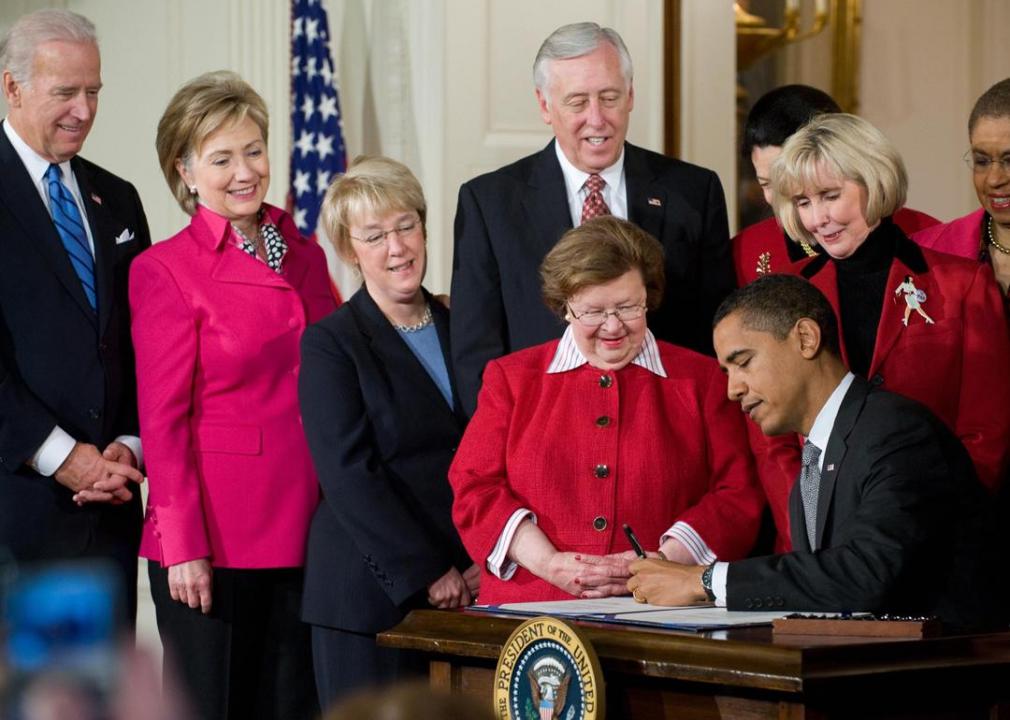
SAUL LOEB/AFP via Getty Images
After years of fighting for equal pay, women still make on average 77 cents for every $1 a man makes. The Lilly Ledbetter Fair Pay Act, signed by President Obama in January 2009, allows women to file for wage discrimination suits within 180 days of their most recent paycheck, rather than from their first paycheck on the job. The law was named after Goodyear employee Lilly Ledbetter, who was awarded $3.3 million after discovering she made less than a male manager.
2010: First woman wins Oscar for Best Director
Featureflash Photo Agency // Shutterstock
Kathryn Bigelow took home two of the Oscars’ biggest prizes—Best Director and Best Picture—for “The Hurt Locker,” a dramatization of the Iraq war. Lauded by critics for her tight, suspenseful action sequences and realistic depictions of soldiers at war, she bested a cadre of well-known male directors (including her ex-husband, “Avatar” director James Cameron) and shattered the stereotype that women can only be successful directing films about women.
2011: Saudi Arabian women protest driving ban
Amnesty International Norge // Wikimedia Commons
Saudi Arabia was the last country in the world that prevented women from taking the wheel. But in 2011, Saudi women’s rights activists used social media to organize a protest of this rule and grabbed the world’s attention. They made some headway—one female driver was given a ticket rather than being arrested when she was pulled over—and the ban was finally lifted in 2018.
2012: UN passes resolution to ban FGC
AMISOM Public Information // Flickr
Female genital cutting (FGC) is a traditional but harmful cultural practice in many countries that affects an estimated 100 to 140 million women and girls around the world. Ending FGC has become a key issue for human rights advocates internationally, and on Dec. 20, 2012, they scored a huge win in the United Nations, when the General Assembly unanimously voted to ban the practice. It set Feb. 6 as the International Day of Zero Tolerance, but the practice persists since the UN has no means to enforce it.
2013: Pentagon announces end to ban on women in combat
US Army // Wikimedia Commons
The formation of the Women’s Auxiliary Corp in the 1940s marked the first time women could officially serve in the U.S. military in some capacity, but even as more roles opened, women were still banned from direct combat. The Pentagon announced plans to lift the final official barrier for women in the military in 2013, in an effort seemingly driven by the military itself. It went into full effect in 2015.
2014: Malala Yousafzai wins the Nobel Peace Prize
Southbank Centre // Wikimedia Commons
Pakistani teenager Malala Yousafzai had been an advocate for girls’ education from a young age, but she came to global notice at the age of 15, when she was shot in the head by the Taliban for her outspokenness. Yousafzai gave a powerful speech at the United Nations on her 16th birthday, stating “We cannot all succeed when half of us are held back.” In 2014, she became the youngest winner of the Nobel Peace Prize, and in 2020 she graduated from Oxford University.
2015: Emma Sulkowicz carries her mattress across campus
Andrew Burton // Getty Images
Columbia University senior Emma Sulkowicz’s year-long visual arts thesis, “Mattress Performance (Carry That Weight),” became a flashpoint in the ongoing conversation about sexual assault on college campuses. Sulkowicz—who uses they/them pronouns—carried a dorm mattress from September 2014 to May 2015, using art as a way to protest the school’s failure to remove the student that alleged sexually assaulted them from campus. Since then, they’ve continued using art to bring attention to issues of sexual violence and harassment while universities continue to grapple with an issue that affects 23% of women in college.
2016: Hillary Clinton becomes first female presidential candidate for a major party
Gage Skidmore // Flickr
Eight years after losing the 2008 Democratic presidential primary to Barack Obama, former First Lady Hillary Clinton wrote her own name into the history books when she beat Bernie Sanders to win the 2016 Democratic nomination. Gender played a role throughout the election; the late-breaking tape showing Donald Trump making lewd comments about women made Clinton the clear favorite for many in the campaign’s final days. The 2016 election saw the biggest gap in men and women’s voting in history.
2017: #MeToo movement takes off
Sundry Photography // Shutterstock
In October 2017, The New York Times and The New Yorker released stories detailing horrific allegations of sexual assault against Hollywood mogul Harvey Weinstein, and a pervasive culture of sexual harassment in the entertainment industry. A few days later, actress Alyssa Milano reignited the #MeToo movement started by activist Tarana Burke in 2006, encouraging women to share their stories.
2018: Record-breaking number of women are elected to Congress
lev radin // Shutterstock
1992 was America’s first “Year of the Woman” after Anita Hill’s Senate testimony inspired record-breaking numbers of women to run for—and win—seats in Congress. Donald Trump’s presidency, the #MeToo movement, and Christine Blasey Ford’s Senate testimony about an alleged assault by Supreme Court nominee Brett Kavanaugh, were among the factors that drove record gains by women in the House, as well as historic firsts at the state and local levels.
2019: First all-woman spacewalk
NASA/Bill Ingalls // Wikimedia Commons
In late October 2019, NASA astronauts Jessica Meir and Christina Koch performed the 221st spacewalk; only this time, the space station assembly support marked the first all-woman spacewalk. Although the milestone wasn’t intentionally planned, NASA explains, “It was bound to happen eventually because of the increasing number of female astronauts,” and that “the agency looks forward to putting the first woman and next man on the moon by 2024.” Meir and Koch replaced a battery unit that had failed to activate on the exterior of the station, and their achievement is the latest shining example of women influencing and leading an industry historically controlled by men.
2020: First woman elected US vice president
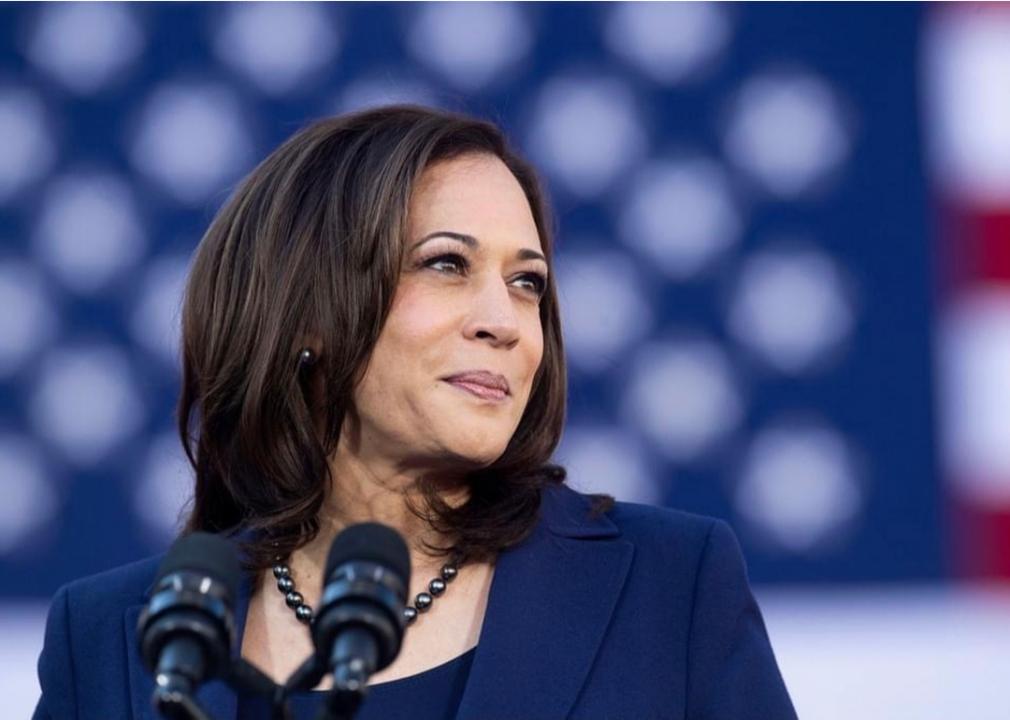
archna nautiyal // Shutterstock
Kamala Harris made history on several major fronts in 2020 when she was elected vice president of the U.S. Born to an Indian mother and a Jamaican father, Harris is not only the first woman to become vice president, she is also the first Black American and the first South Asian American to win the vice presidency. In her victory speech, Harris said, “While I may be the first woman in this office, I will not be the last. Because every little girl watching tonight sees that this is a country of possibilities.”
2021: Most gender-balanced Olympics in history

Justin Setterfield // Getty Images
The Tokyo 2020 Olympic and Paralympic Games, rescheduled to summer 2021 because of COVID-19, commenced on July 23 with the first-ever gender balanced Olympics. Nearly 49% of the participating athletes were women. Primetime coverage of the games was also distributed equally between women and men.

